Imagesource : https://www.vecteezy.com/free-vector/yoga-poses
Introduction:
Doctors state that yoga is an excellent exercise that offers numerous benefits, including enhancing flexibility and strength, reducing stress and anxiety. Furthermore, research has indicated that yoga positively impacts metabolism, heart rate, and respiration. However, individuals often experience acute pain and persistent chronic issues due to a lack of understanding regarding proper yoga posture.
The convergence of technology and wellness has given rise to innovative solutions that enhance various aspects of our lives. One such solution that is revolutionizing the world of yoga is the Yoga Assistant Web App. By incorporating artificial intelligence (AI) techniques, this app leverages cutting-edge technology to provide personalized guidance, real-time feedback, and a transformative yoga experience. In this article, we will explore the design features that make a Yoga Assistant Web App using AI techniques a valuable tool for practitioners.
- Intelligent Pose Recognition:
A key feature of an AI-powered Yoga Assistant Web App is its ability to recognize and analyze yoga poses in real-time. By utilizing computer vision algorithms, the app can assess the user’s body alignment and provide instant feedback on posture and alignment corrections. This feature helps users maintain the right form, reduce the risk of injury, and deepen their practice.
- Adaptive Guidance and Recommendations:
AI techniques enable the Yoga Assistant Web App to adapt to each user’s unique needs and abilities. By analyzing user data, such as skill level, flexibility, and progress, the app can offer tailored recommendations for yoga poses, sequences, and classes. Adaptive guidance ensures that users are challenged appropriately, allowing them to advance at their own pace and experience continuous growth in their practice.
- Intelligent Feedback and Corrections:
With AI-powered algorithms, the Yoga Assistant Web App can provide intelligent feedback on users’ performance. Through real-time analysis of body movements and alignment, the app can identify areas for improvement and offer specific cues and corrections. This personalized feedback helps users refine their poses, deepen their stretches, and enhance the overall effectiveness of their practice.
- Smart Goal Setting and Progress Tracking:
AI techniques facilitate the implementation of intelligent goal-setting and progress tracking mechanisms. The app can help users set realistic goals based on their individual abilities and track their progress over time. By analyzing data such as practice frequency, duration, and achievements, the app can provide insights and recommendations to keep users motivated and engaged on their yoga journey.
- Virtual Instructor and Voice Guidance:
An AI-powered Yoga Assistant Web App can incorporate a virtual instructor feature, bringing the expertise of experienced yoga teachers to users’ fingertips. Through pre-recorded or synthesized voice guidance, the app can provide step-by-step instructions, breathing cues, and meditation guidance. This virtual instructor ensures that users receive consistent and reliable guidance, even when practicing alone.
- Personalized Content and Recommendations:
AI techniques can analyze user preferences, past behavior, and feedback to deliver personalized content and recommendations. The Yoga Assistant Web App can suggest specific yoga classes, meditation sessions, or pose variations based on the user’s interests and goals. This personalized approach enhances user engagement, fosters a sense of ownership, and ensures that the app adapts to the evolving needs of each individual.
- Community and Social Integration:
To foster a sense of community and connection, the Yoga Assistant Web App can incorporate social integration features. Users can join virtual yoga communities, share their progress, and interact with like-minded practitioners. This social aspect enhances motivation, provides a platform for support and inspiration, and creates a sense of belonging within the yoga community.
Conclusion:
The integration of AI techniques into a Yoga Assistant Web App has the potential to transform the way people practice yoga. By leveraging intelligent pose recognition, adaptive guidance, personalized feedback, smart goal setting, virtual instructors, personalized content, and social integration, AI empowers users to achieve a deeper and more fulfilling yoga experience. As technology continues to advance, the Yoga Assistant Web App will undoubtedly play a significant role in revolutionizing the practice of yoga, making it more accessible, personalized, and transformative for practitioners worldwide.
Reference for further reading :


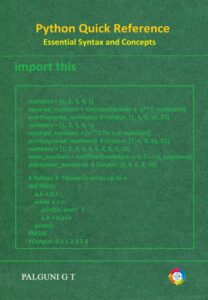
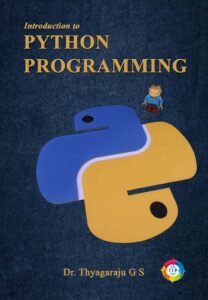
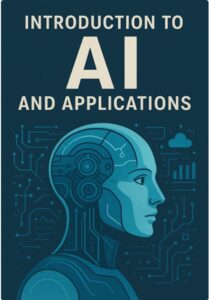
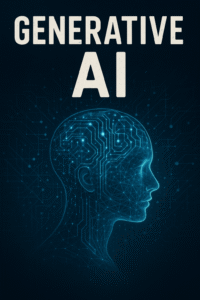

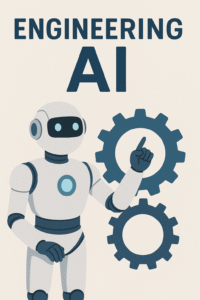
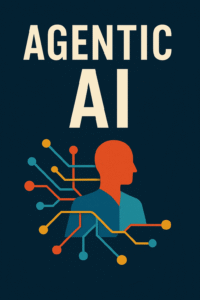

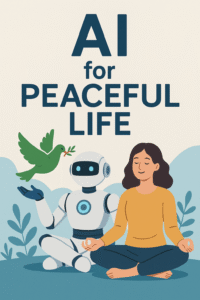

Thanks for sharing. I read many of your blog posts, cool, your blog is very good.
Thank you for your sharing. I am worried that I lack creative ideas. It is your article that makes me full of hope. Thank you. But, I have a question, can you help me?
Your point of view caught my eye and was very interesting. Thanks. I have a question for you.
Thank you for your sharing. I am worried that I lack creative ideas. It is your article that makes me full of hope. Thank you. But, I have a question, can you help me?
Can you be more specific about the content of your article? After reading it, I still have some doubts. Hope you can help me.
I like this blog it’s a master piece! Glad I detected this ohttps://69v.topn google.Expand blog
Can you be more specific about the content of your article? After reading it, I still have some doubts. Hope you can help me.
I don’t think the title of your article matches the content lol. Just kidding, mainly because I had some doubts after reading the article.
Your article helped me a lot, is there any more related content? Thanks!
Your point of view caught my eye and was very interesting. Thanks. I have a question for you.
I don’t think the title of your article matches the content lol. Just kidding, mainly because I had some doubts after reading the article.